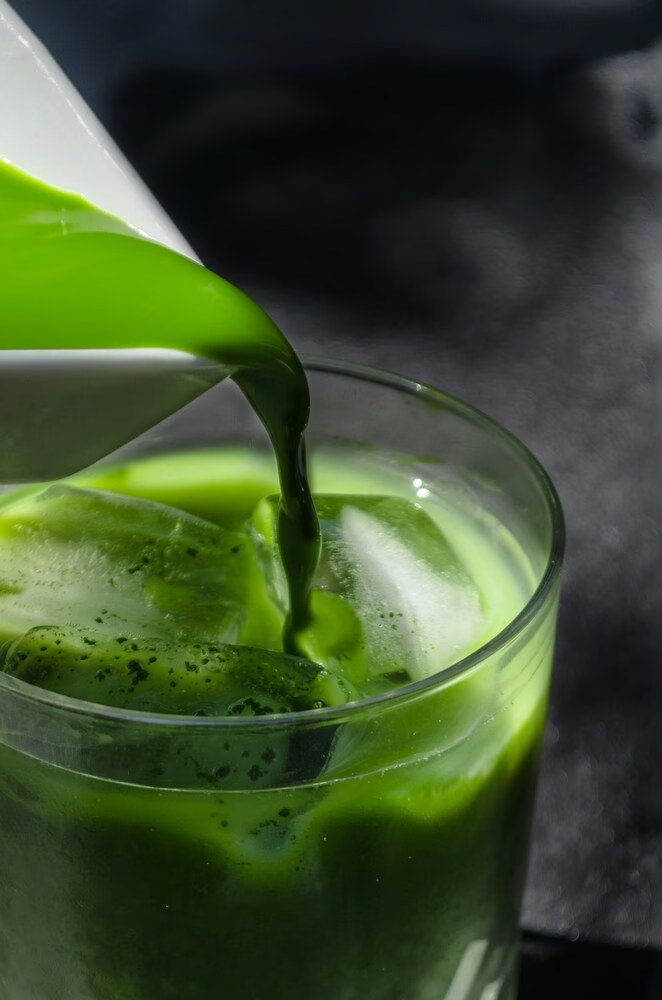A Beginner’s Guide to Making Café-Quality Matcha Drinks: Part One

BY MONICA MANANSALA
BARISTA MAGAZINE ONLINE
Featured photo courtesy of Matcha & Co.
For an in-depth discussion of matcha’s history and functionality in the café, see the article, “Game Set Matcha,” in the current issue—April + May 2025—of Barista Magazine!
In recent years, matcha has exploded in popularity amongst both home baristas and café-goers—but not every matcha drink is created equal. And so, baristas and café owners must ask themselves the question: How do you make a matcha drink that’s actually good? And another question naturally follows: Can customers even tell the difference?
In this article, we’ll look at the factors that go into making a better-tasting matcha beverage. To delve deeper into the topic, we’ll be hearing from Tomoko Honda, head of global operations at Ippodo Tea Co., on what actually matters (and what doesn’t) when prepping your drinks.


Sourcing Quality Matcha: Look Beyond the Buzzwords
If you’ve worked in a café in the West, you’ve probably been told to look for “ceremonial-grade” matcha instead of “food-grade.” But according to Tomoko, that distinction isn’t as meaningful as it sounds—and is actually somewhat of a marketing myth.
“There are no official standards that define terms like ‘ceremonial-grade’ or ‘food-grade.’ In fact, ‘ceremonial-grade’ is a vague term invented to market matcha to the West,” she says. “While you might expect matcha labeled as ‘ceremonial’ to be high-quality, the reality is that any brand can use the term, regardless of the actual quality.”


Tomoko shares that there are several factors that influence the quality of matcha, from how the tea plants are cultivated and the soil is prepared, to how the leaves are processed into powder. “It’s a bit like wine: Everything, from the growing conditions to the craftsmanship, impacts the final product,” she says.
When you’re selecting the type of matcha to use for your café recipes, Tomoko encourages, first and foremost, relying on your senses—as opposed to focusing on labels. She suggests looking for matcha with a vibrant color, and with the aromas and flavors that appeal to you. “It’s important to judge matcha with your own eyes and taste,” Tomoko explains.



Nailing Preparation: Small Steps Make a Big Difference
Just like coffee, matcha requires a certain level of attention to detail for its flavors to best be revealed. Tomoko stresses the importance of sifting your matcha powder before adding water: a step often skipped by cafés, but with the potential to make a noticeable difference. “(Sifting) helps break up clumps caused by static electricity and ensures a smoother texture,” she explains.



She also points out the significance of water temperature, explaining that boiling water can draw out bitterness from your matcha. Instead, she suggests using water at around 180° Fahrenheit, or 82° Celsius: a slightly cooler temperature that will help preserve the matcha’s natural sweetness and umami flavor.
Lastly, pay attention to your whisking method. The standard practice is to hold your whisk with a loose grip and whisk with a wide, “M”-shaped motion. And when it comes to whisking time, Tomoko argues that less is more. “Whisk briskly for just 10-15 seconds. We often see baristas whisk for much longer than necessary, but if you whisk correctly, that short time is enough,” she says. “Over-whisking doesn’t improve the result and can slow down service in a busy café setting.”
Next week we’ll release part two of this article, where we’ll explore even more tips on how to craft quality matcha beverages.
ABOUT THE AUTHOR
Monica Manansala is a coffee and matcha enthusiast living in Los Angeles. In her spare time, she enjoys cooking and spending time with her cat.
Subscribe and More!
As always, you can read Barista Magazine in paper or digital format. Subscribe here to get your own hardcopy of each issue delivered. Read the April + May 2025 issue for free with our digital edition.
And for more than three years’ worth of issues, visit our digital edition archives here.
Source: Barista Magazine



